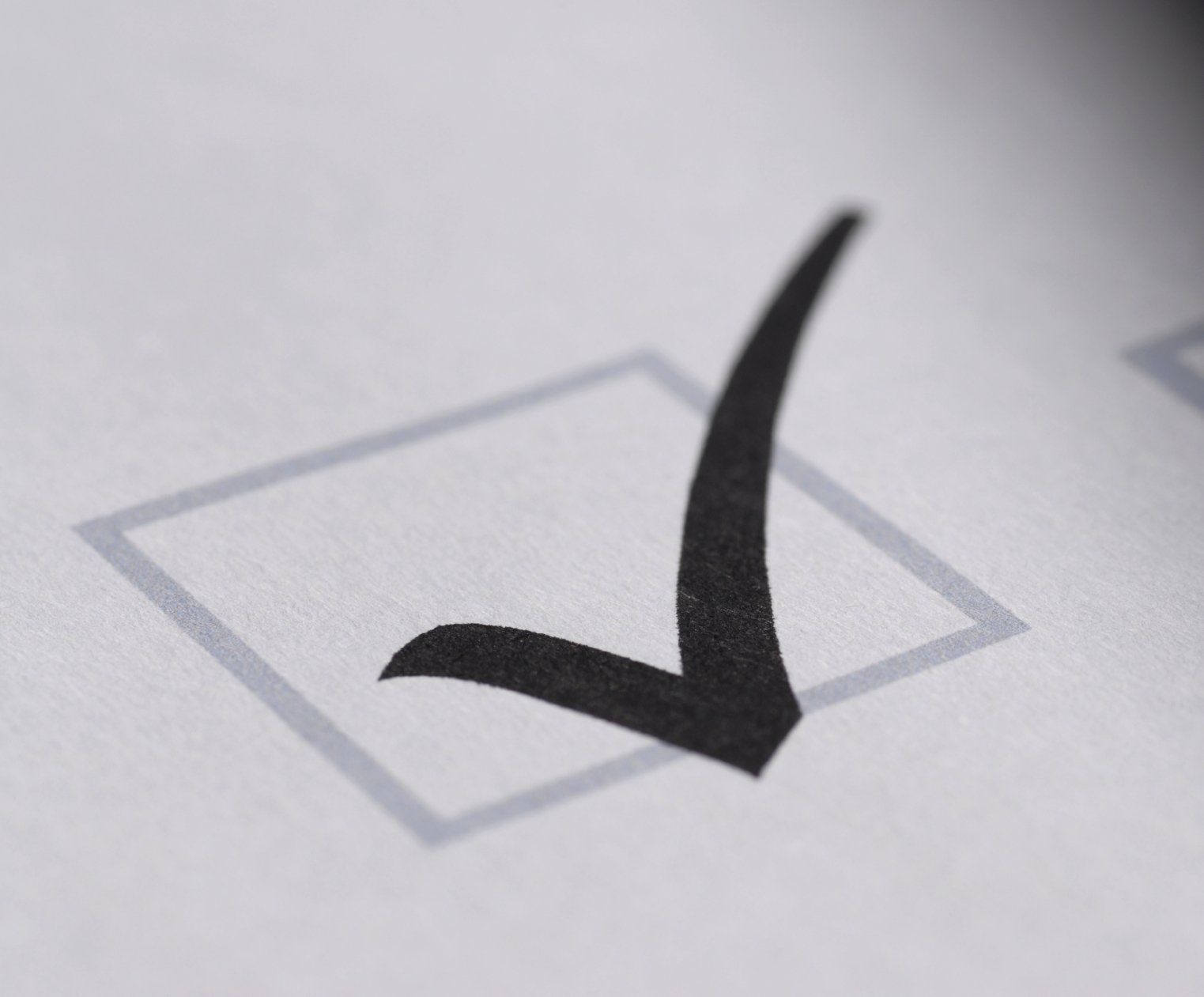
I must preface this blog by disclosing that I serve on four national peer review boards across the United States. The information contained in this blog is resourced from my education, experience performing hazard and risk assessments, experience on research projects and with those conducting research on mold, and peer reviewing others in the mold assessment industry.
I, often, get asked, “How reliable are air samples [for mold]?” This is an excellent question and one that deserves more transparency:
One of the most popular ways to sample the air for mold is with a cassette, like Air-O-Cell and Allergenco-D cassettes. These devices are attached to a tub, which is attached to an air pump. The air pump is calibrated (e.g., 15 liters per minute) and run for a predetermined about of time by the industrial hygienist or mold assessor. It works by using inertial impaction to capture particles (e.g., mold spores, pollen, insect fragments, fibers, etc.) as air is drawn through a tapered inlet slit and onto the collection media on the slide. When the laboratory receives the cassette, they open it and perform what’s called direct microscopy. (You can learn more about this process in my other blog.)

While these devices and that form of laboratory analysis can be very helpful in the mold assessment process, the problem with air sampling alone is that it’s inherently unreliable when not interpreted by other data collected during the mold assessment; for example, the airborne mold spore population (i.e., the types and concentrations of mold spores and/or fragments in the air) have spatial, geographical, local land use, local building use, and seasonal and diurnal variabilities. For example, you could go outside a home and collect three outside air samples and find different results in the same day. Let’s look at an example:
Let’s assume that you take three outdoor samples in one day. During each outside air sample, you take one indoor air sample in the exact same location. During all three indoor air samples you find the Aspergillus levels are 2,000 spores per meter cubed. You want to decide what that means, but when you look at your three outside air samples you find the following:
The outside morning air sample was collected on a clear, sunny morning; according to the laboratory report, the airborne Aspergillus levels are within normal levels. At lunchtime you collect another sample while your neighbor is mowing his lawn; according to the laboratory report, the outside levels of Aspergillus are hundreds of thousands of times higher than average. Lastly, you collect your final air sample in the late afternoon, while it is raining; and according to the laboratory report, there are no Aspergillus spores in the air.

Are the 2,000 spores per meter cubed inside a problem or not? If so, were they caused by an outside condition or inside condition? If so, what do you do about the elevated Aspergillus? Do you see the problem? More data is necessary to interpret the laboratory’s report and reasonably determine if an abnormal mold population (i.e., an indoor environment that may have airborne and/or settled mold spores whose identity, location, and quantity are not reflective of typical airborne and/or settled mold spores for a similar indoor environment) exists within the sampled area (not to mention provide you with recommendations on how to get rid of any abnormalities).
While some assessors will tell you that they can rely on the laboratory to interpret the laboratory report for them (and you), there are many problems with this process. Since I have already written on this topic, I will not repeat that information; rather, I encourage you to go check out that blog before you hire such an assessor.
You need a competent person to provide for your mold assessment needs; someone who can prove to you that they’ve found the location of mold colonization, the extent of its impact on the indoor environment, and justify an appropriate approach to mold remediation (i.e., write a protocol). This is why I wrote my first blog on The Mold Assessment Process, to help you identify components of the mold assessment process and have a list of questions to ask potential assessors before you hired them.
The good news is that the Gulf Coast Center for Indoor Air Quality Services provides college-educated, Council-certified and accredited industrial hygienists and mold assessors to ensure the appropriate assessment is performed to achieve the purpose of your assessment needs. For more information, contact us for a no-obligation review of your needs.

E-mail: myiaq@gulfcoastiaq.com
Call Us: 888 762 6322
Gulf Coast IAQ Headquarters
P.O. Box 181138
Tallahassee, FL 32318











All Rights Reserved | Gulf Coast Center for Indoor Air Quality Services LLC